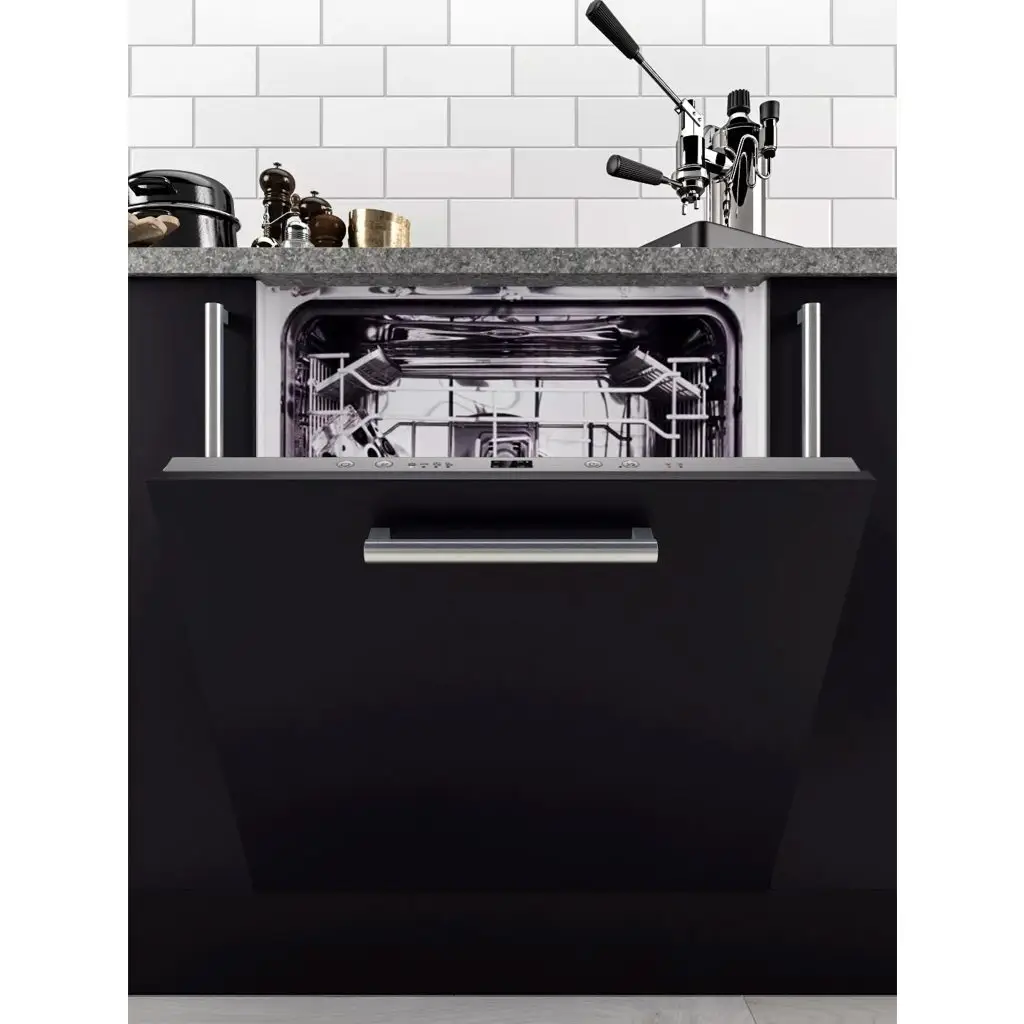
Integrated vs Freestanding Dishwashers – Which Is Right for You?
Choosing between an integrated and a freestanding dishwasher can be tricky. Both types offer clean dishes and convenience, but which one suits your kitchen and lifestyle better? In this guide, we’ll break down the differences, pros and cons, and help you make the best choice for your home.
What Is an Integrated Dishwasher?
An integrated dishwasher is designed to blend into your kitchen units. It’s installed behind a cupboard door to create a sleek, built-in look. There are two types: fully integrated (with hidden controls) and semi-integrated (with a visible control panel).
- Discreet and flush with kitchen cabinetry
- Ideal for modern and minimalist designs
- Often quieter thanks to the extra cabinet insulation
What Is a Freestanding Dishwasher?
- Flexible placement options
- Easy to install and relocate
- Typically more budget-friendly
Integrated vs Freestanding Dishwashers: Comparison Table
| Feature | Integrated Dishwasher | Freestanding Dishwasher |
|---|---|---|
| Aesthetic Appeal | Hidden, seamless look | Visible, standalone design |
| Flexibility | Fixed position, built-in | Easy to move or replace |
| Installation | Needs a matching cabinet door | Plug-and-play setup |
| Noise Levels | Often quieter due to added insulation | Can be slightly louder |
| Price Range | Generally higher | More affordable options |
| Maintenance | Harder to access for repairs | Easy to access and service |
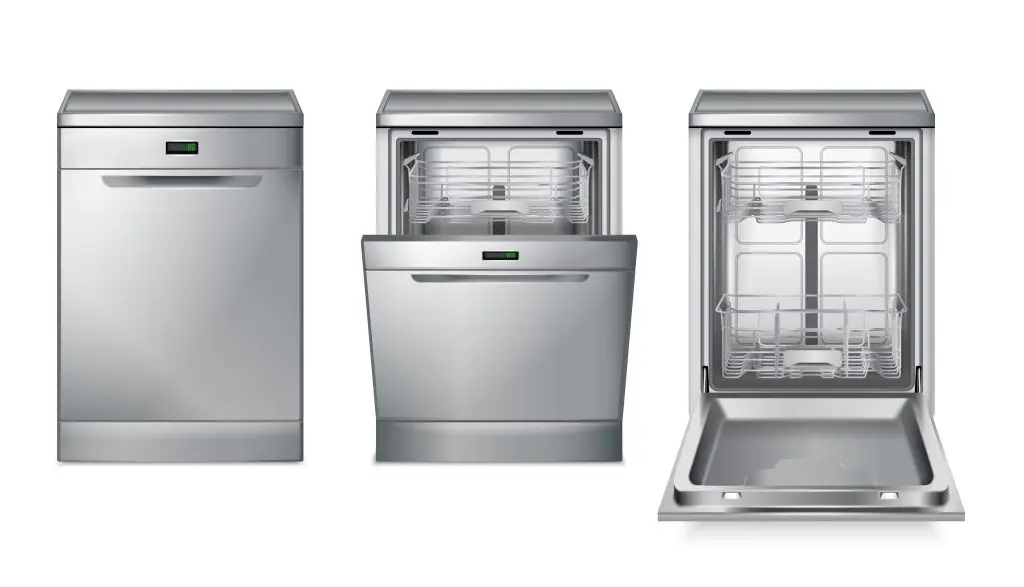
Integrated vs Freestanding Dishwashers
Pros and Cons of Integrated Dishwashers
- Pros: Blends into your kitchen, often quieter, premium aesthetic
- Cons: More expensive, harder to install, tricky to access for repairs
Pros and Cons of Freestanding Dishwashers
- Pros: Affordable, flexible placement, easy to service
- Cons: Doesn’t match cabinets, may be noisier, exposed look
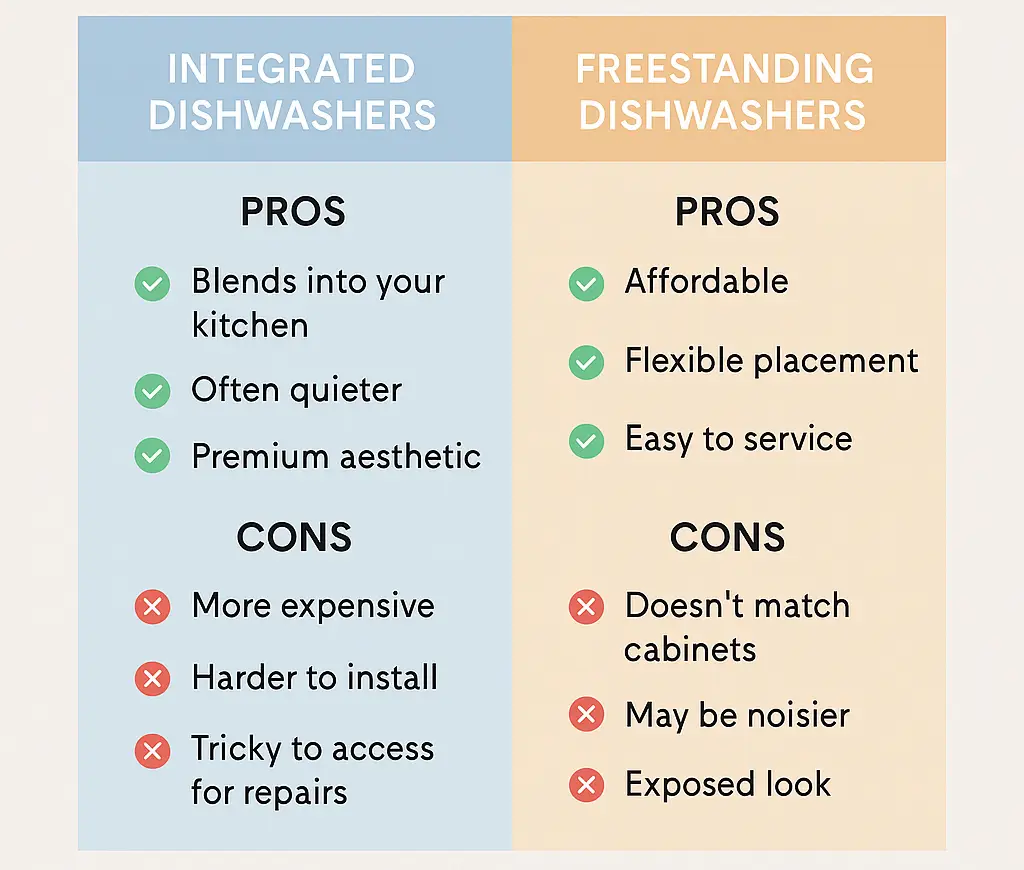
Which One Is Best for You?
Here’s a quick guide based on different needs and lifestyles:
- Stylish modern kitchen? Go for an integrated dishwasher.
- Moving house soon? A freestanding dishwasher is easier to relocate.
- On a budget? Freestanding models tend to cost less.
- Open-plan living space? Choose an integrated model for quieter operation.
- Need a simple install? Freestanding is the most hassle-free option.
Frequently Asked Questions
Final Verdict: Which Dishwasher Is Right for You?
Both integrated and freestanding dishwashers offer efficient cleaning, but the right choice depends on your kitchen setup, lifestyle, and budget. If you want a seamless look and don’t mind the extra cost, go integrated. Prefer flexibility and affordability? Freestanding is the way to go.
Explore our full range of integrated dishwashers to find your perfect match.
- All Posts
- Cooker Hood Guides & Advice
- Dishwasher Guides & Advice
- General Appliance Guides & Advice
- Hob Guides & Advice
- Laundry Guides & Advice
- Microwave Guides & Advice
- Oven Guides & Advice
- Wine Cooler Guides & Advice
Learn what dishwasher salt and rinse aid do, why they matter, and when to refill them for the best cleaning...

Learn how to cook the perfect jacket potato with crispy skin and a fluffy centre. Quick, simple steps for oven...
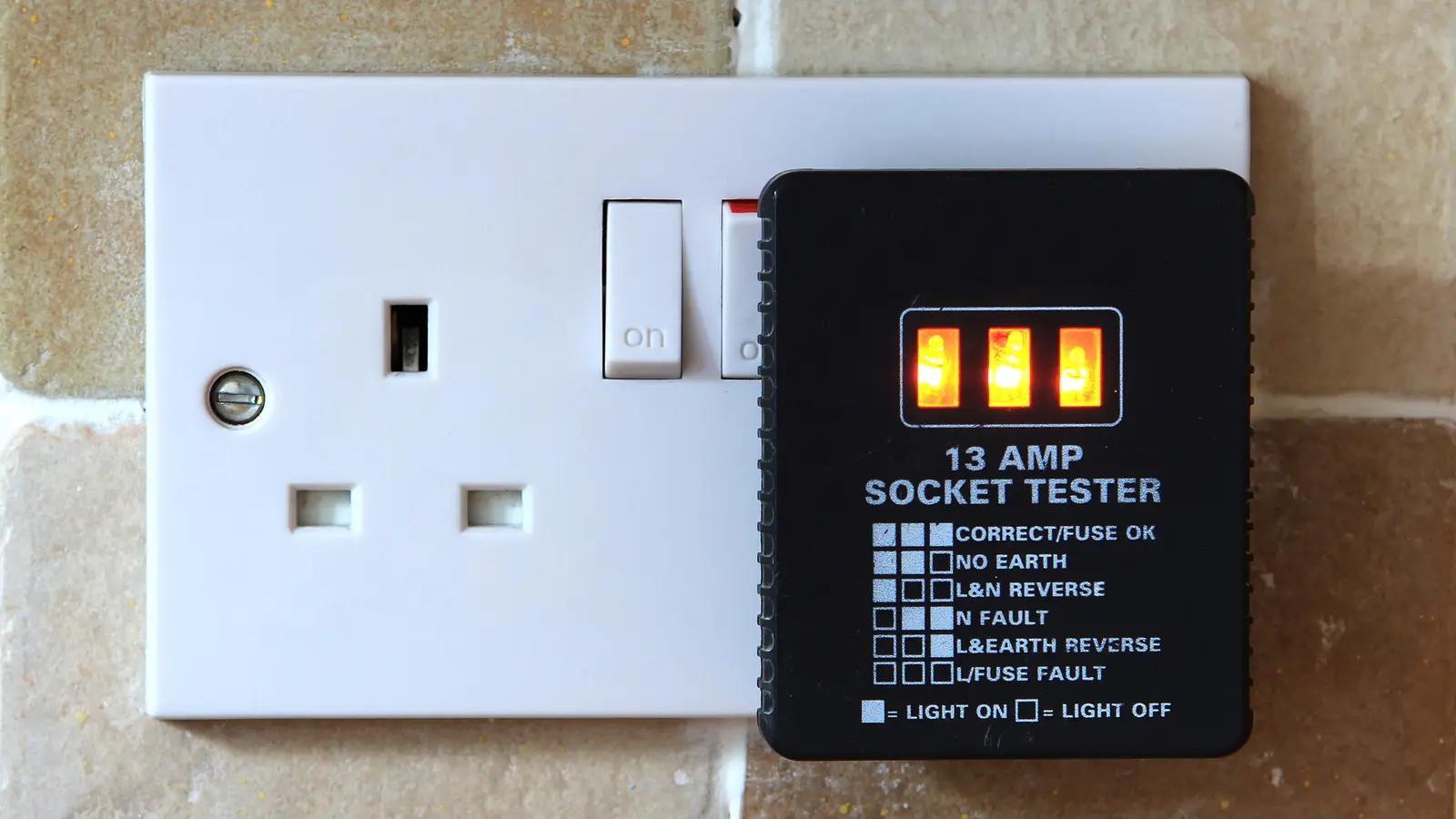
Find out if you can plug a dishwasher into a normal UK socket and what safety rules apply. Quick, clear...

Unsure if a microwave & grill combo can use a normal UK socket? Learn the rules, wattage limits and safety...
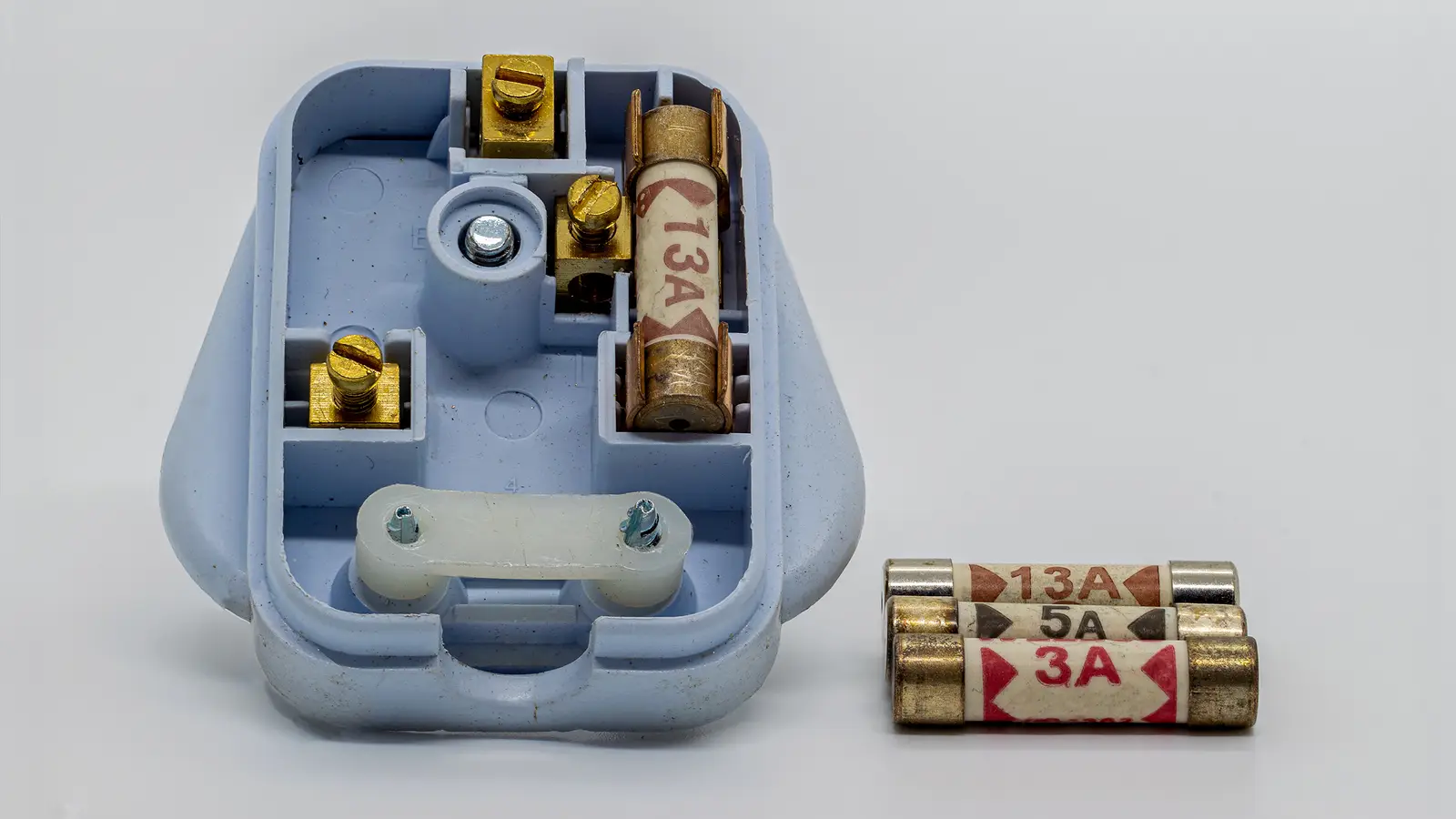
Can you plug a cooker hood into a normal socket? Learn what UK rules allow, safe installation tips, and when...
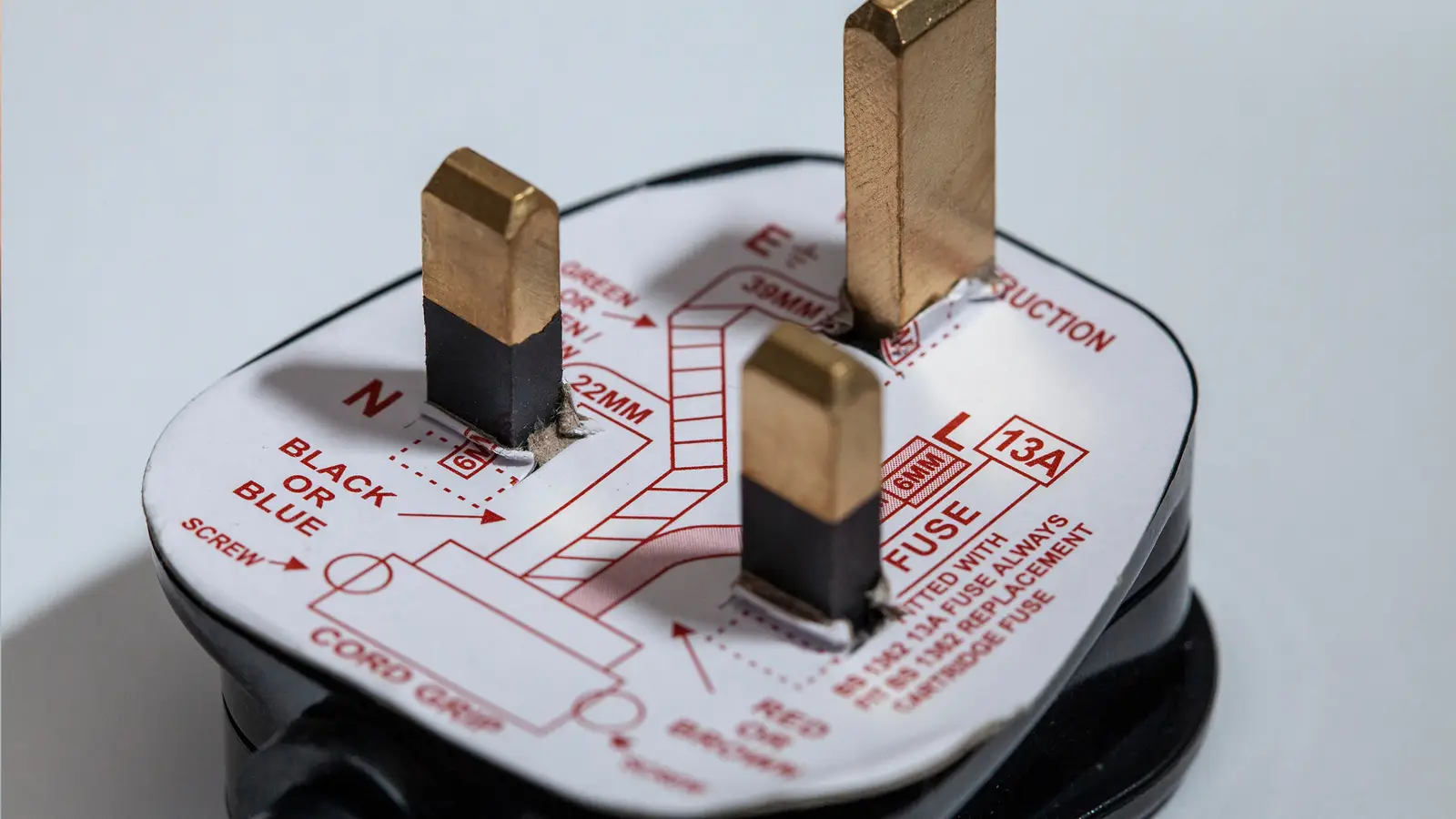
Find out when you can safely plug an induction hob into a normal UK socket and when hard-wiring is required....

Compare real UK running costs for ovens, air fryers and microwaves. See which appliance saves you the most on everyday...

Storing wine in a fridge can damage flavour and cork health. Learn why temperature swings matter and how to store...
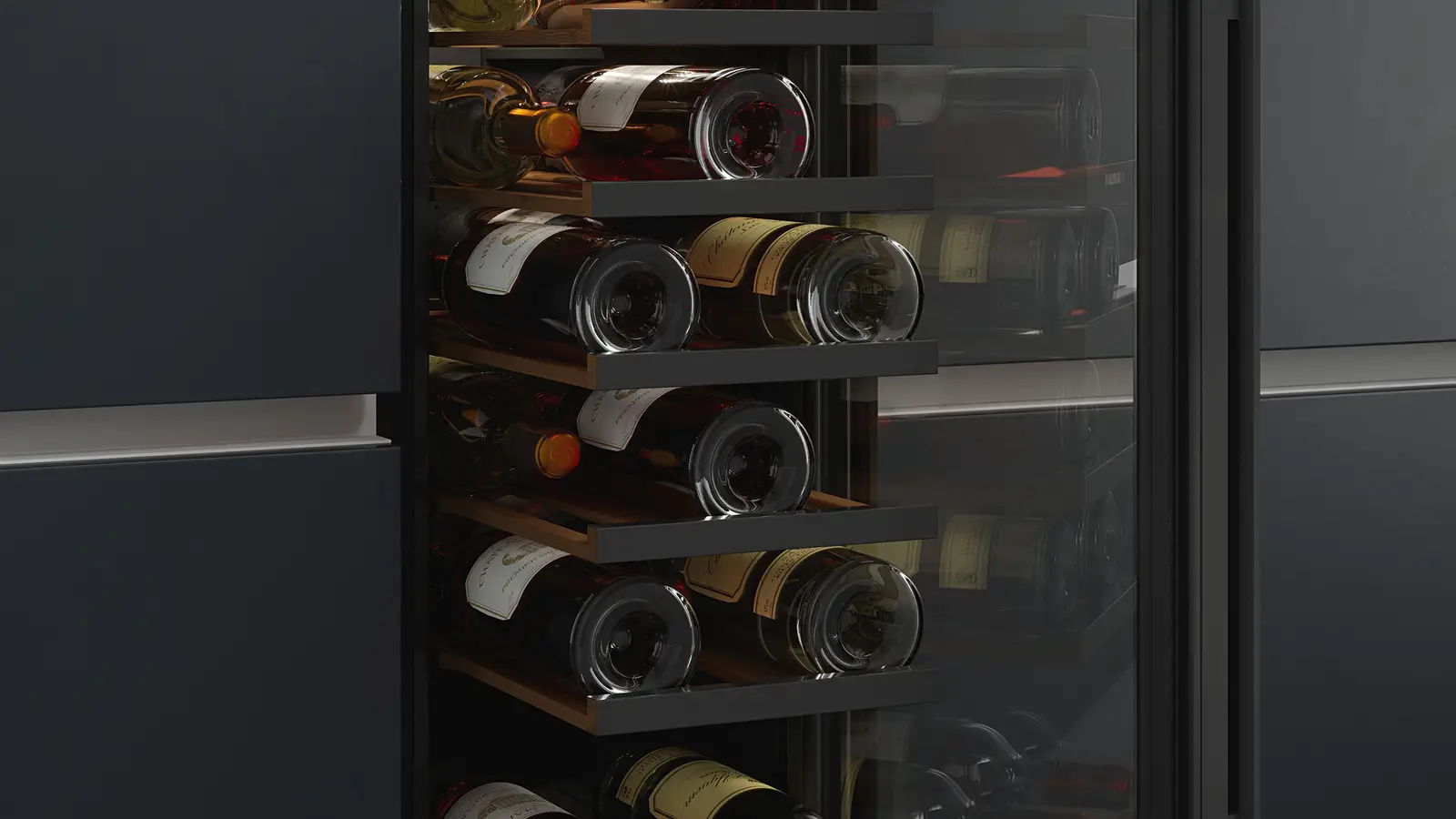
Learn how rubber feet, shelves and flooring reduce vibration in wine storage. Keep your bottles stable and ageing perfectly. Read...
